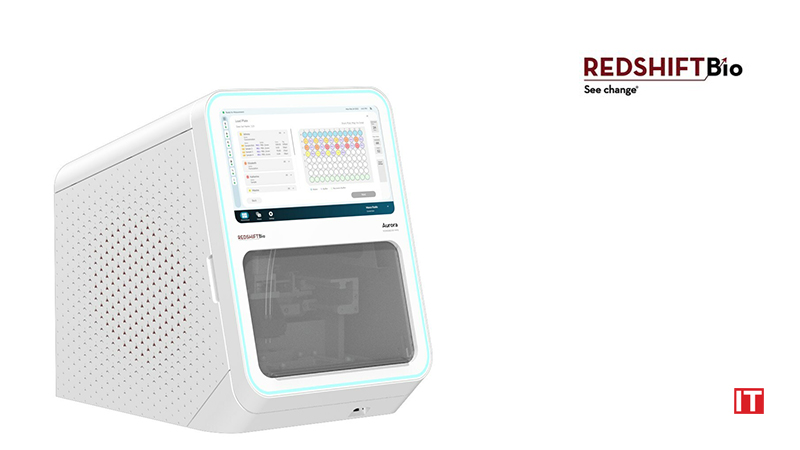RedShift BioAnalytics announces the launch of Aurora, the company’s latest system using ground-breaking MMS technology. Aurora provides ultra-sensitive, ultra-precise measurements of the structure of biomolecules through a novel technology called Microfluidic Modulation Spectroscopy (MMS), now even more rapidly, with far less sample volume, and with improved software and analytics features.
MMS overcomes many of the limitations of existing technologies in a typical biophysical characterization toolkit with ultra-sensitive and highly reproducible structural measurements of proteins and other biomolecules. Users are able to compare higher-order structure and similarity profiles for confidence in structural similarity and activity to inform discovery, screening, formulation, and quality control in biopharmaceutical drug development. It can be used for a wide range of biomolecules from mAb-based biotherapeutics to robust measurements of proteins, enzymes, peptides, ADCs, AAVs, and mRNA.
Also Read: ChromaCode Announces Commercial Availability of HDPCR-based Non-Small-Cell Lung Cancer Assay
“We are thrilled to build on the foundation of our first-generation platform with the introduction of Aurora , which is literally an order of magnitude improvement and will dramatically expand the market for MMS,” said Julien Bradley, CEO at RedShiftBio. “While our previous instruments generated significant enthusiasm from researchers for their sensitivity, precision, and ease of measurements, the sample volume required coupled with the instrument’s cost and complexity were significant limitations. Today I am proud to say that with Aurora, we have put those limitations behind us.”
Key features and benefits of Aurora include:
- 50 µl sample volume, a dramatic reduction from first generation MMS instrument requirements
- Accurate and reproducible measurements across a broad concentration range from 100µg/ml to >100mg/ml, allowing measurements in relevant conditions
- Integrated touchscreen computer interface
- 20x faster and 30x more sensitive to changes in structure than CD or FTIR
- Real-time buffer subtraction minimizes background noise and interference from excipients
- Complete hands-free automation for painless data acquisition and analysis
SOURCE: PRNewswire
































